|
|
This image was taken from one of the brake vans which were part of the 63431 train as it passed around Huntcliff point, it gives a lasting impression of the closeness of the edge. Early locomotive drivers and passengers must have had a wonderful view!
Image courtesy of Robert Goundry.
Locomotive 63431 at Huntcliff – stationary – obviously for photographs. This image and the next give a perspective of how close the rail track is to the edge!
Image and details courtesy of Robert Goundry.
Locomotive 63431 on the Crag Hall turntable whilst part of the Q6 Rail Tour. This must have attracted many eager photographers, judging by this image and others in the selection.
Image and details courtesy of Robert Goundry.
Locomotive Q6 63431 steaming over Slapewath viaduct as part of the Q6 Rail Tour in the 1960’s. This is part of a series of images taken by Robert Goundry with his prized Kodak Retinette Ia camera, of the Rail Tour and landscape views.
Image and details courtesy of Robert Goundry.
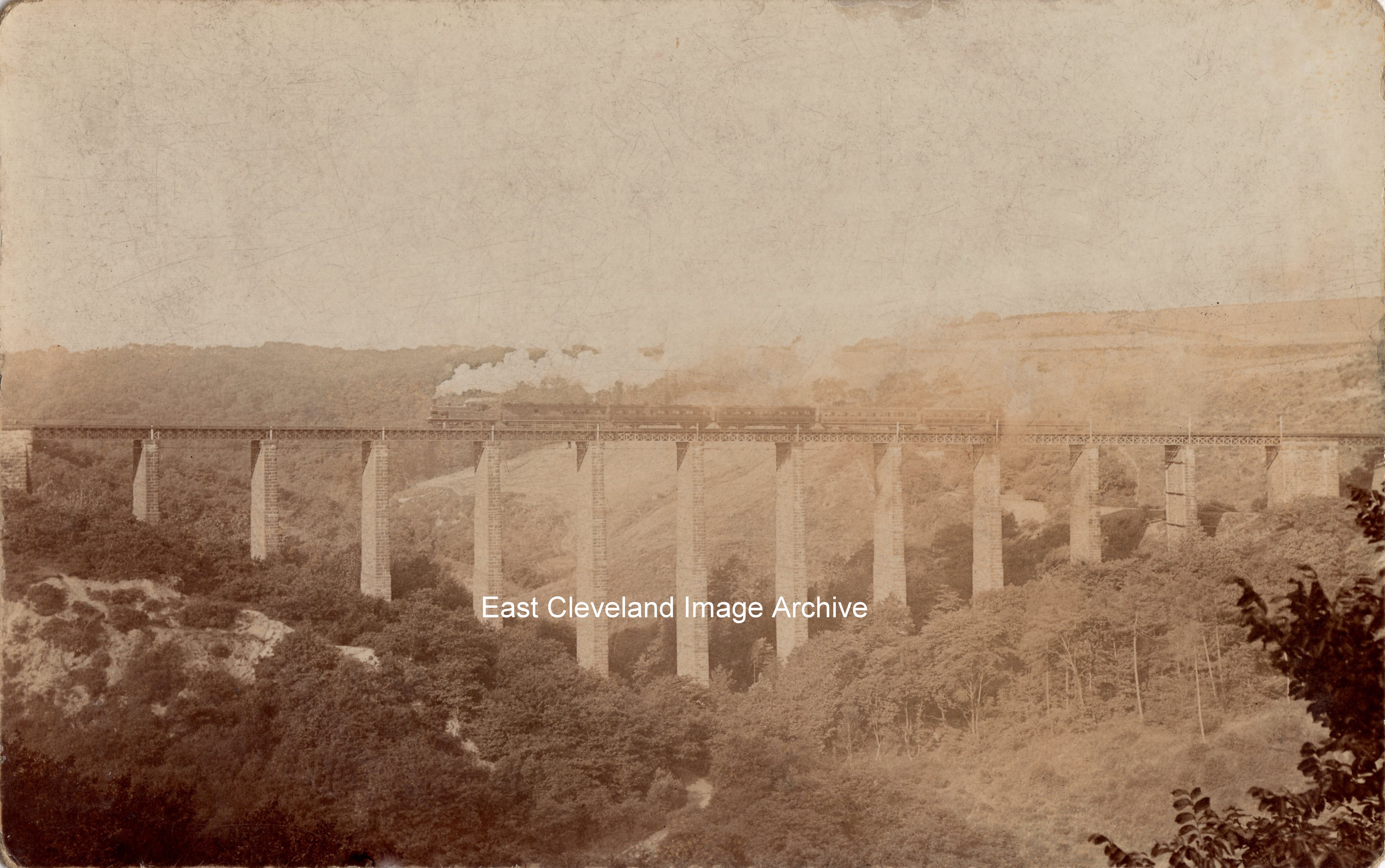
This Kilton Valley Viaduct view comes from an undated and unused postcard, possibly previous to 1905 and the in-filling between the supporting arches. It is possible that the locomotive will give a possible dating and the Archive would welcome any assistance. Geoffrey Allen has responded to our request with:”The locomotive appears to be a N.E.R Class O 0-4-4T (LNER/BR Class G5) it is in Lined NER Livery. These engines were built at Darlington Works between May 1894 and December 1901; 110 in total so a 1905 date is possible. They were used on the Saltburn to Scarborough service and the number of coaches may suggest that this is such a train. Of the six coaches the second to last appears to be an earlier 6 wheel coach, the last of which were built about 1897 all the rest are bogie coaches, the first is a birdcage brake coach and the last may also be the same but the details are obscured. The other 3 appear to be low roofed bogie coaches built from about 1895 to 1906.”
Image courtesy of Julie Tyrka; thanks to Maurice Dower for the update and many thanks to Geoffrey Allen for the excellent update.
The station at Ingleby which served the village of Ingleby Greenhow was opened in 1857 and was part of the Picton to Battersby line, it closed in 1954 for passenger traffic but remained open until 1965 for freight when the line to Stokesley closed. The locomotive 67288 was built in 1896 at Darlington, it was renumbered to 67288 by British Rail in 1948, it was removed from service in 1954; this gives an approximate date for this image of the early 1950s.
Image courtesy of the Pem Holliday Collection, information courtesy of “Disused Stations”.
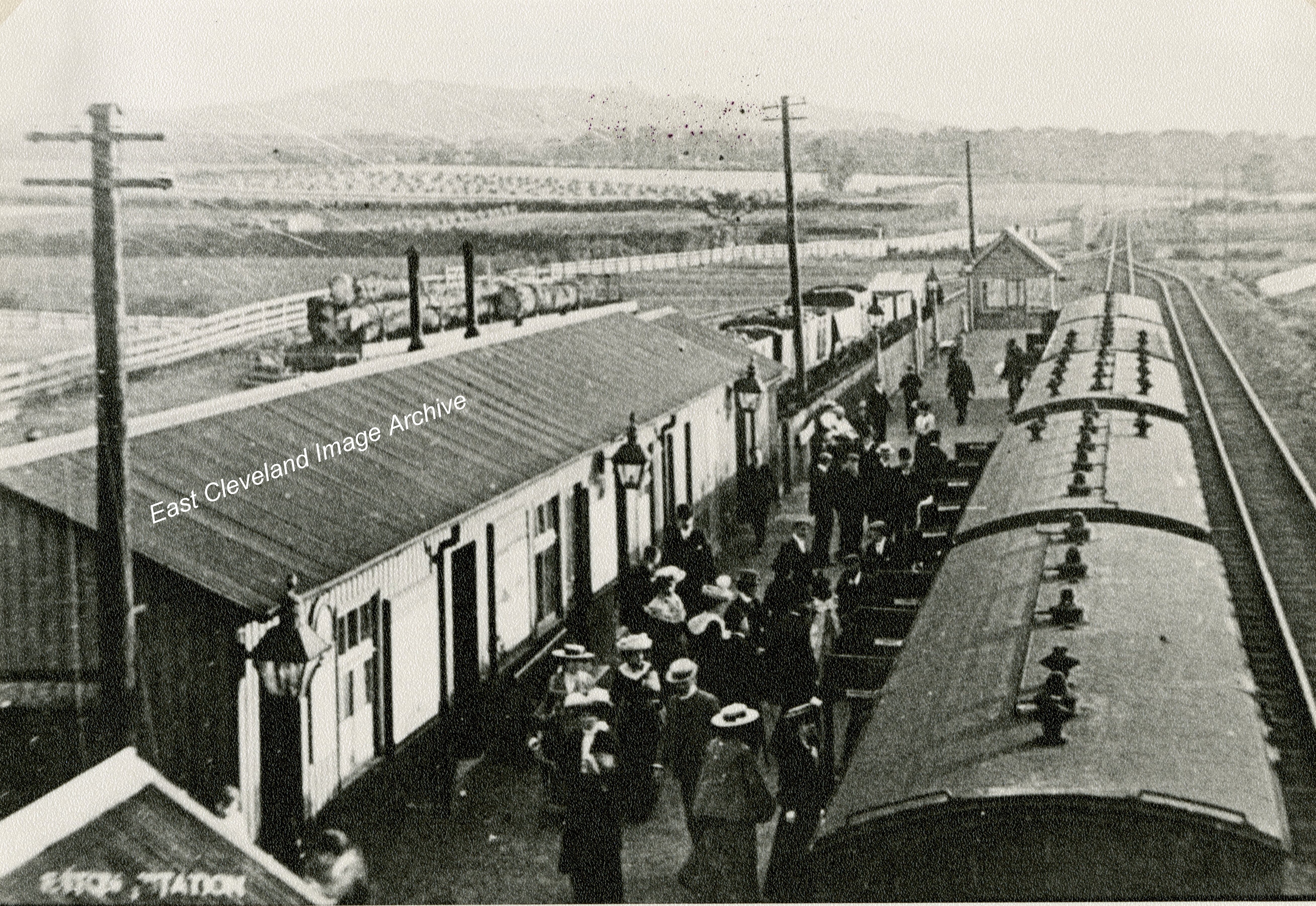
Eston railway station, circa 1910, the station opened to passengers on 1st January 1902. Later a canopy was extended over the platform to shelter the passengers; the roof of one platform signal box is just visible, the one at the other end of the platform was later removed. This was a short lived station, closing 11th March, 1929; a casualty of motor bus competition.
Image courtesy of The Pem Holliday Collection, additional information courtesy of “Disused Railway Stations”.
Opening in 1885 as part of the Scarborough & Whitby Railway, the station was originally named Peak; being the highest and most exposed station on the line. The wooden waiting shelter being blown away at one time! Renamed Ravenscar in 1897 and it did not have a station house until 1896. It closed in 1965.
Image courtesy of the Pem Holliday Collection, information courtesy of ‘Disused Stations’.
Skinningrove Station when it was a working station, it was closer to Carlin How, separated by the famous zig zag rail descent into Skinningrove village. A one platform station, it suffered badly from mining subsidence and had to be demolished, nothing remains of this station now except a locked gate and some footings. The photographer is standing on the Loftus side looking towards Skinningrove Iron and Steel Works; perhaps that is the real reason for the re-naming of the station! This view gives a proper idea of how close to Carlin How and how far away from Skinningrove. In the background right can be seen the chimneys of the steel works.
Image courtesy of the Pem Holliday Collection, George Pearson and other sources.
Skinningrove Station and the buildings gone; only the platform and sign remain to indicate where it stood.
Image courtesy of the Pem Holliday Collection.
Page 2 of 17«12345...10...»Last »
|
|
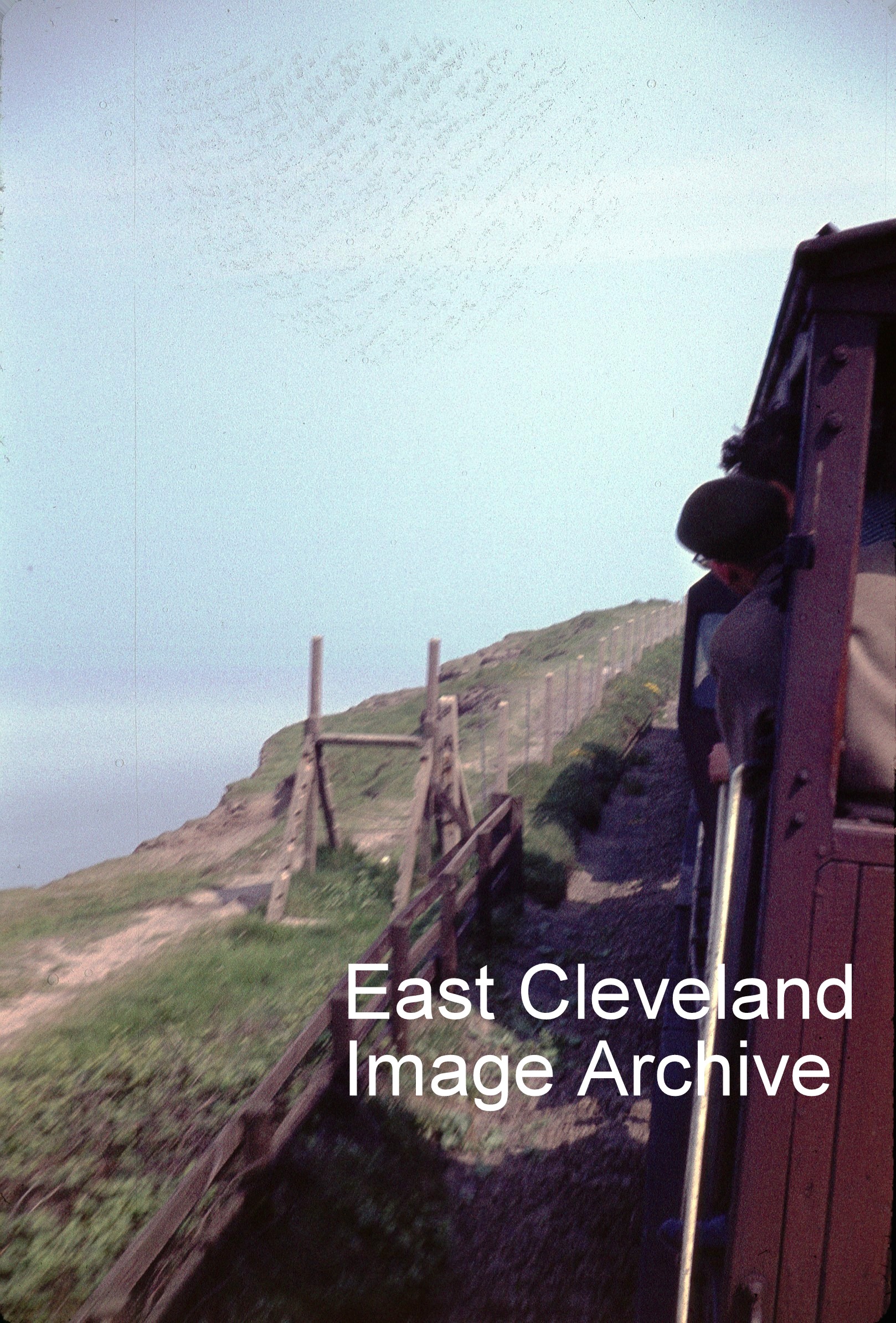
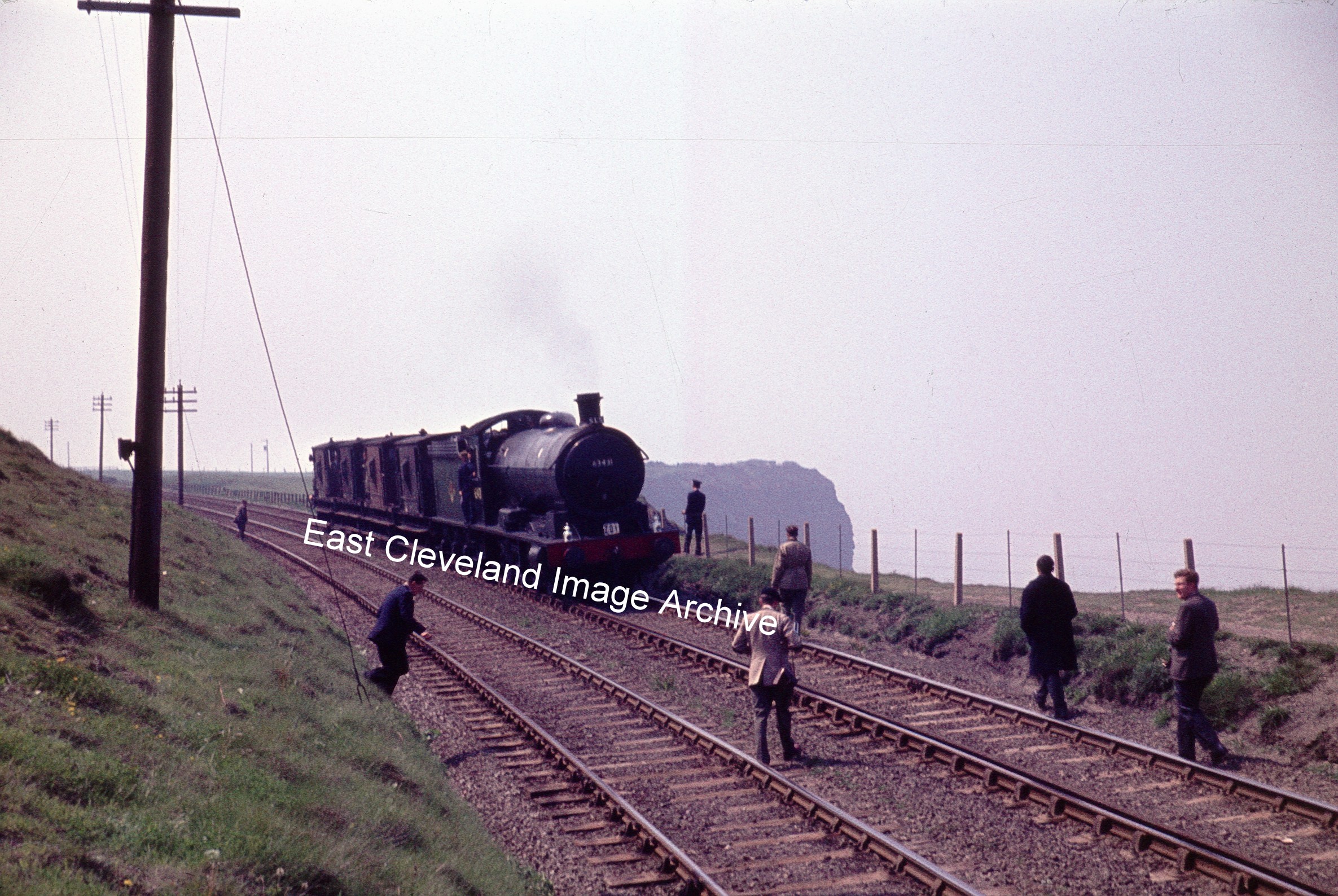
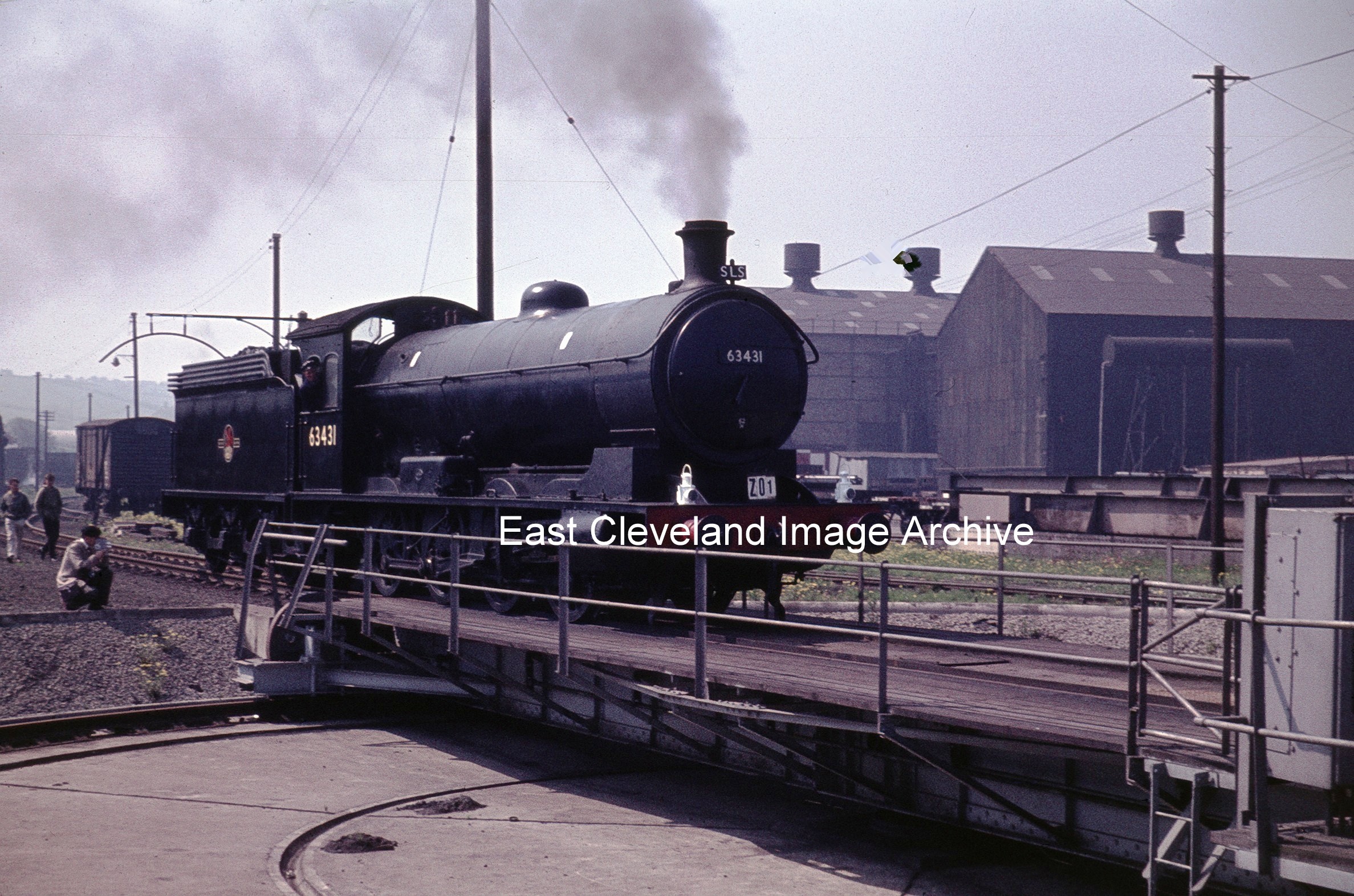
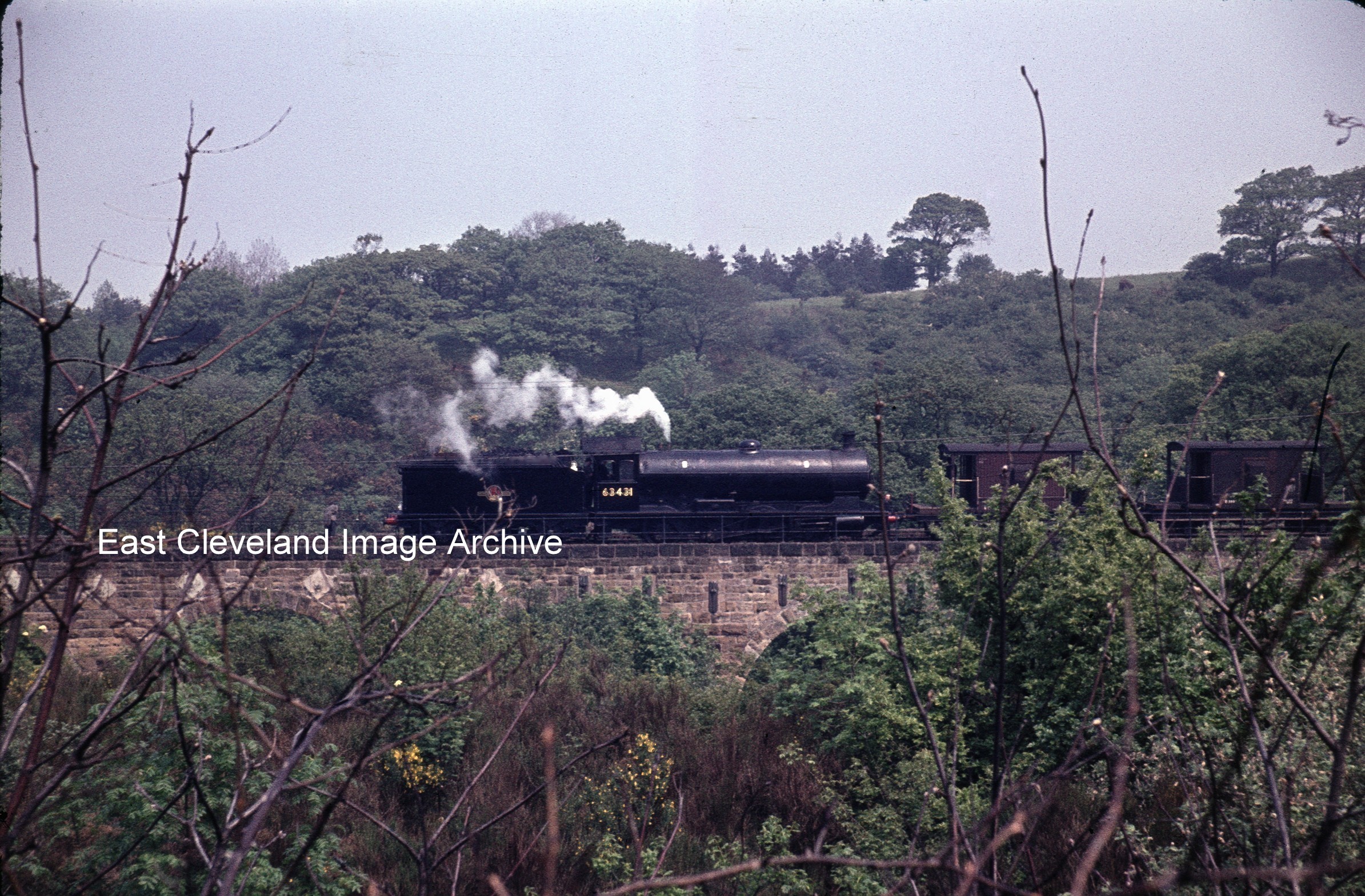

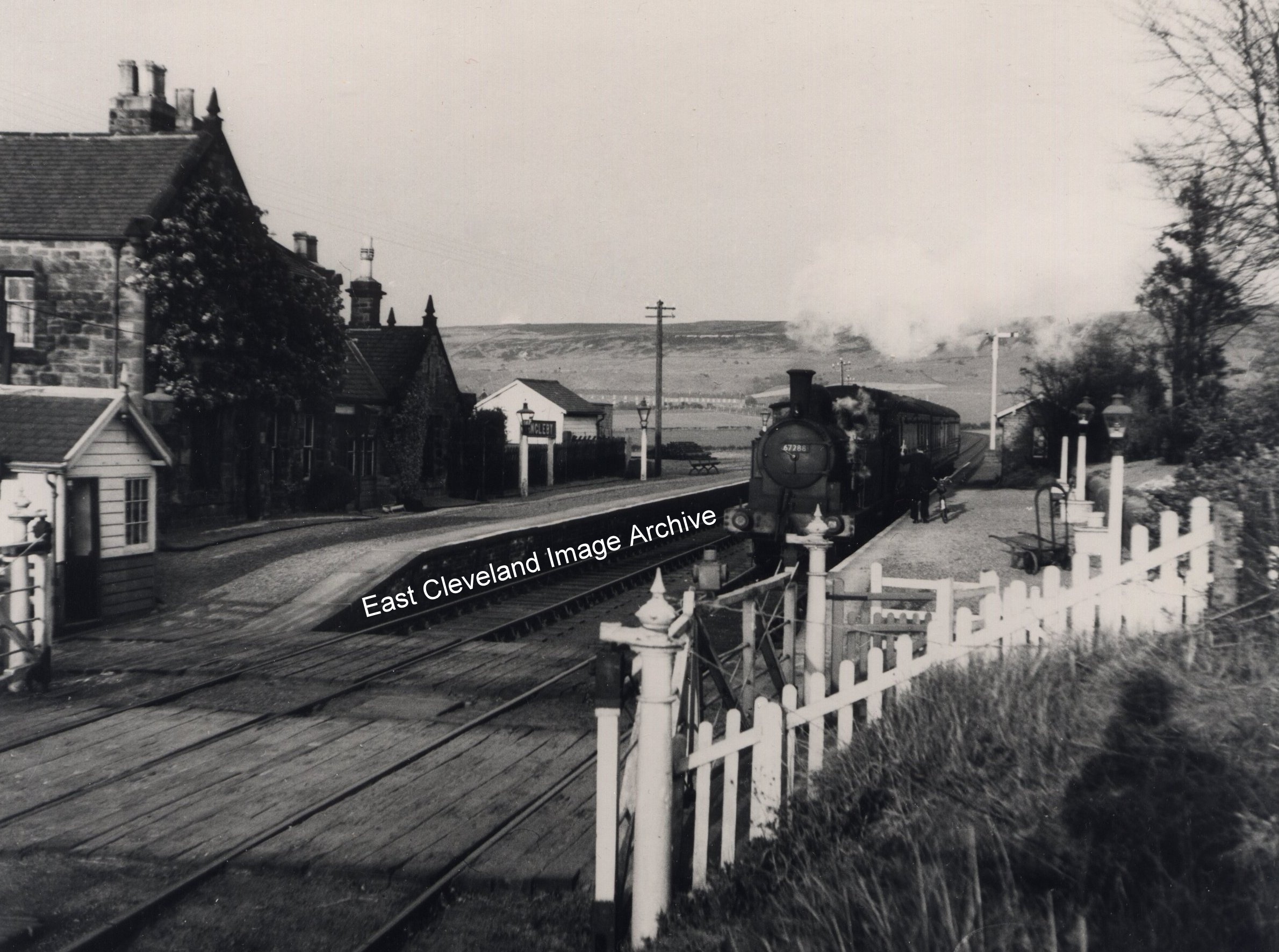

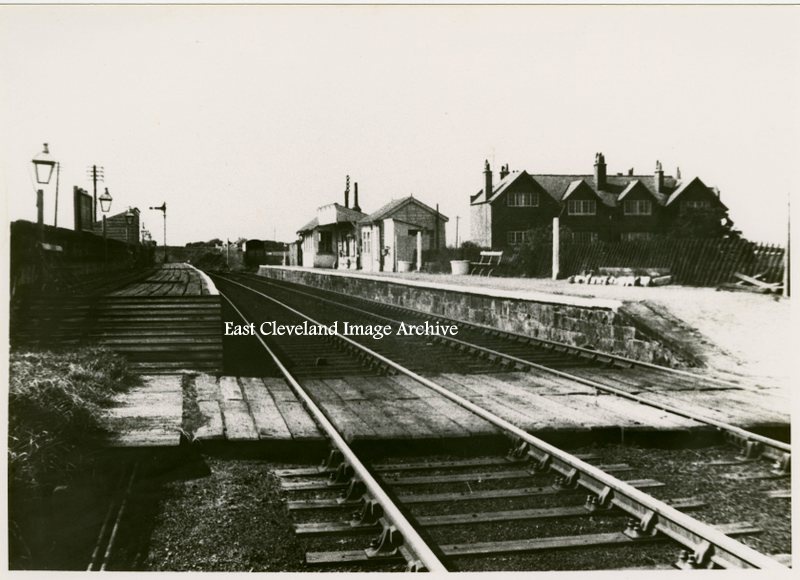
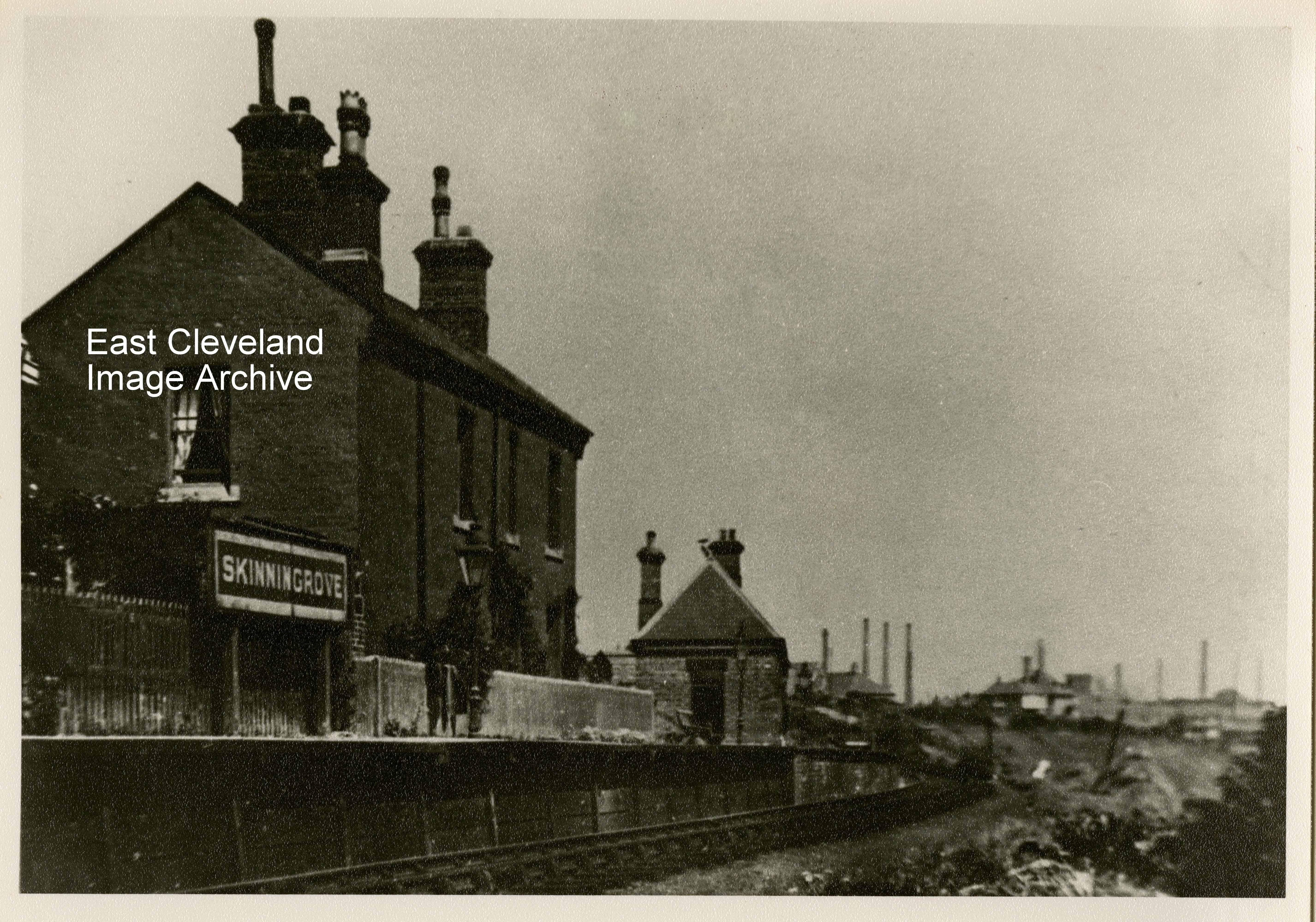
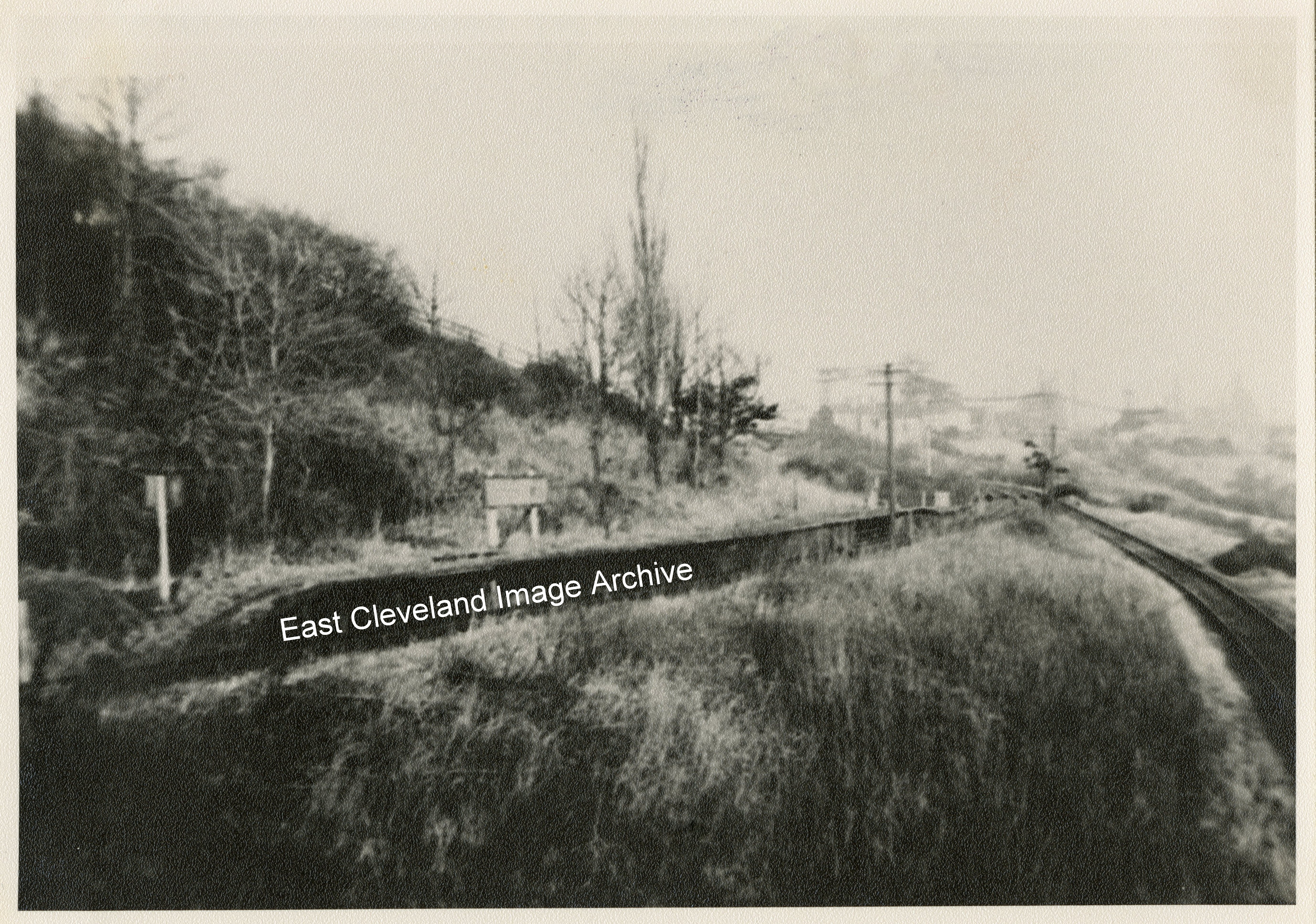
Recent Comments